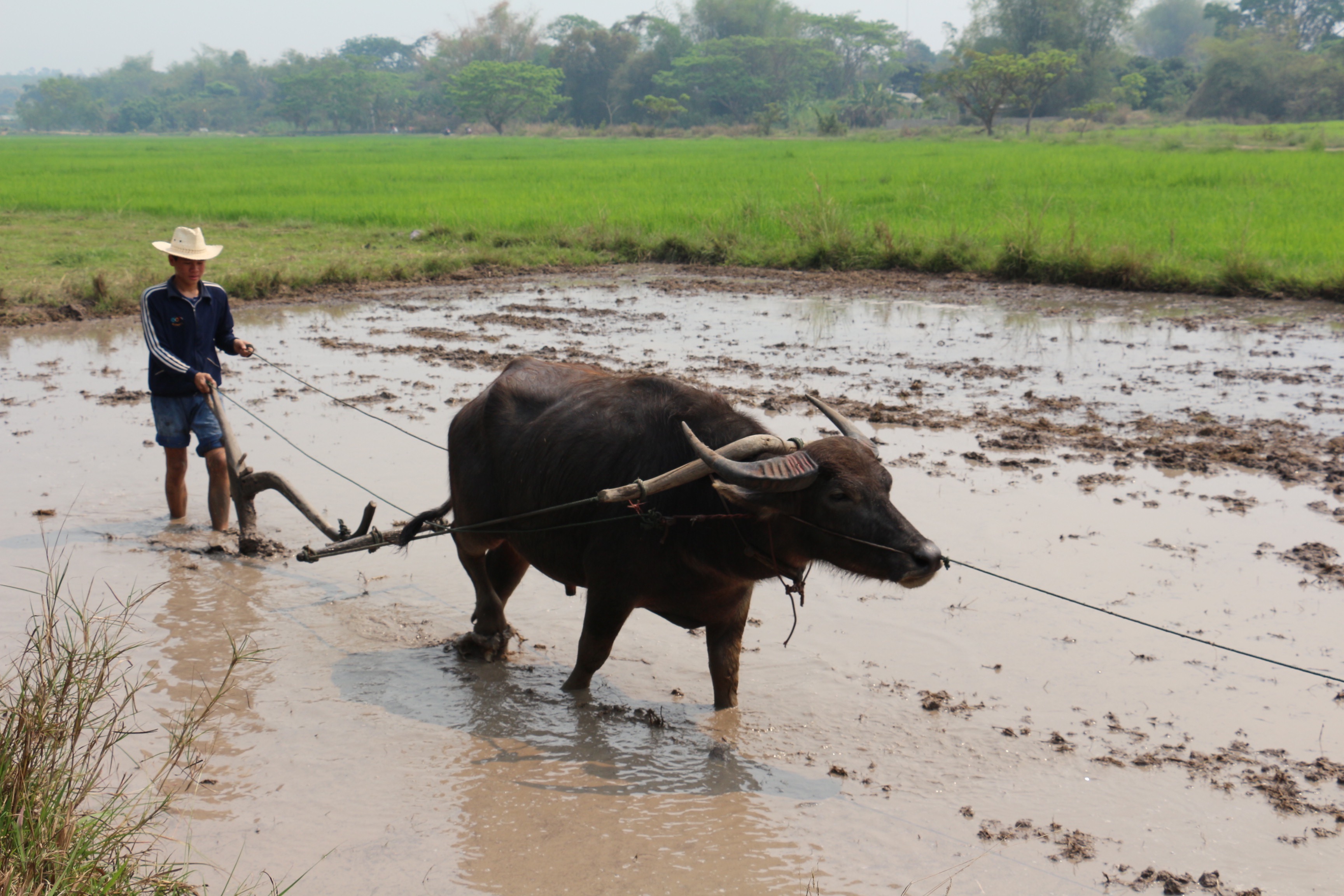Founding SEAFMD
The South-East Asia Foot and Mouth Disease (SEAFMD) programme was formalized by the World Organisation for Animal Health (WOAH, founded as OIE) in 1994 with the establishment of the then-OIE Sub-Commission for South-East Asia. The Sub-Commission was chaired by the then-OIE (now WOAH) with members comprising participating countries, ASEAN, the then-Australian Government’s Overseas Aid Programme (AusAID, now integrated into Australia’s Department of Foreign Affairs and Trade, or DFAT), FAO and key donors.
Under an agreement between WOAH and the Kingdom of Thailand, a Regional Coordination Unit (RCU) was established in Bangkok in 1997. Since its establishment, the RCU has been funded in the main by AusAID (now DFAT) with in-kind assistance by the Department of Livestock Development (DLD) of Thailand. Other countries, including France, Japan, New Zealand and Switzerland, have provided support.
Given the importance and success of SEAFMD, a number of national governments have invested strongly in FMD control. In addition, significant leverage has been obtained to support programme objectives from a range of regional and national projects funded by the EU, FAO, ADB and ACIAR, for example.
SEACFMD
In 2010, two other FMD-free countries — Brunei Darussalam and Singapore — as well as the People’s Republic of China (PRC) joined the campaign. Consequently, SEAFMD was renamed the South-East Asia and China FMD campaign (SEACFMD). Mongolia also joined the campaign as a new member in 2016.
Since 2011, the SEACFMD programme has been managed by the WOAH Sub-Regional Representation for South-East Asia (SRR-SEA) in Bangkok under its umbrella programme, the “Stop Trans-boundary Animal Disease and Zoonoses” (STANDZ) Initiative, funded by the Australian government through DFAT.
